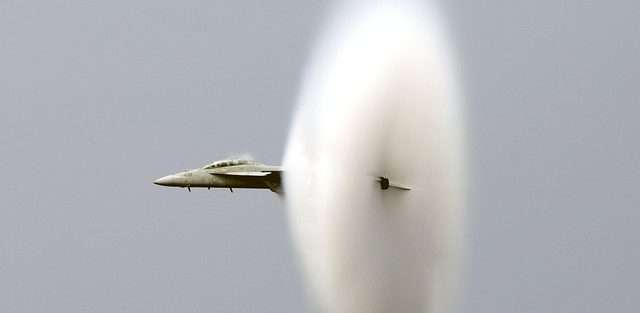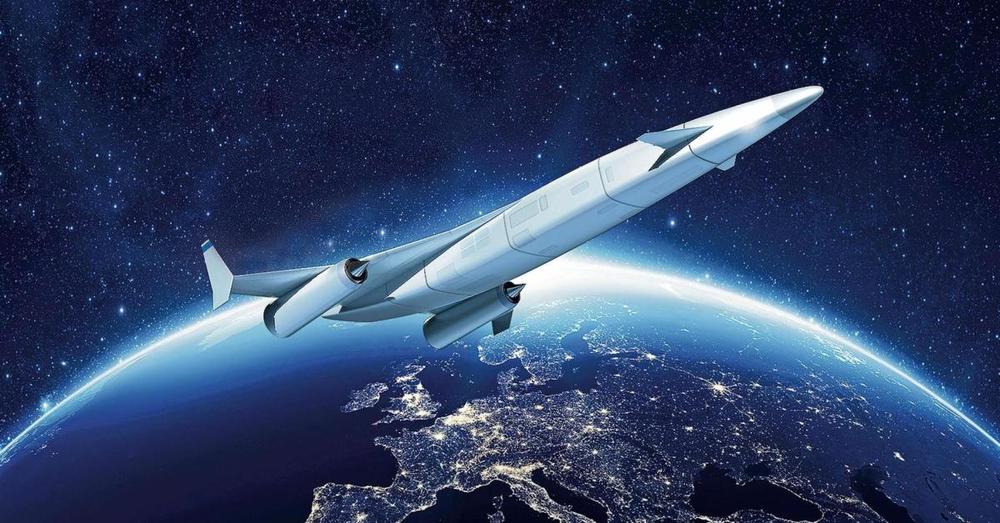

The Messerschmitt Me 262 was the first operational jet fighter, manufactured by Germany during World War II and entering service on 19 April 1944 with Erprobungskommando 262 at Lechfeld just south of Augsburg. The Meteor was the first production jet, with the first orders for production examples being made on 8 August 1941, the prototype first flying on 5 March 1943 and the first production aircraft flying on 12 January 1944, while the first orders for production Me 262 aircraft were not issued until, and the first production Me 262 did not fly until 28 March 1944 despite the Me 262 program having started earlier than that of the Meteor, as Projekt 1065, with initial plans drawn up by Dr Waldemar Voigt's design team in April 1939. The United States produced the Bell XP-59A, which flew on October 1, 1942, using two examples of a version of the Whittle engine built by General Electric. The British experimental Gloster E.28/39 first flew on May 15, 1941, powered by Sir Frank Whittle's turbojet. Campini began development of the motorjet in 1932 it differed from a true turbojet in that the air was driven through by a piston engine, instead of the exhaust gas, a much more complex solution. It was the first jet aircraft recognised by the Fédération Aéronautique Internationale (at the time the German He 178 program was still kept secret). The first flight of a jet-propelled aircraft to come to public attention was the Italian Caproni Campini N.1 motorjet prototype which flew on August 27, 1940.

This was largely a proof of concept, as the problem of " creep" (metal fatigue caused by the high temperatures within the engine) had not been solved, and the engine quickly burned out. The first turbojet aircraft to fly was the Heinkel He 178, on Augin Rostock (Germany), powered by von Ohain´s design. The turbojet was invented in the 1930s, independently by Frank Whittle and later Hans von Ohain. The next year, in 1929, the Opel RAK.1 became the first purpose-built rocket aircraft to fly.


The Ente had previously been flown as a glider. Rocket-engine research was being carried out in Germany and the first aircraft to fly under rocket power was the Lippisch Ente, in 1928. A variety of motorjet, turboprop, pulsejet and rocket powered aircraft were designed. ĭuring the 1920s and 1930s a number of approaches were tried. In fact the ducted-fan engine backfired, setting the aircraft on fire before any flights were ever made, and it lacked nearly all of the features necessary for a jet engine - including a lack of fuel injection, and any concern about hot jet efflux being directed at a highly flammable fabric surface. However, to support this claim, he had to make substantial alterations to the drawings which he used to support his subsequently debunked claims. Īfter other jet engines had been run, Romanian inventor Henri Coandă claimed to have built a jet-powered aircraft in 1910, the Coandă-1910. René Lorin, Morize, Harris proposed systems for creating a jet efflux. The Heinkel He 178 was the first aircraft to fly on turbojet power, in August 1939Īfter the first instance of powered flight, a large number of jet engine designs were suggested. A wide range of different types of jet aircraft exist, both for civilian and military purposes. In August 1939 the turbojet powered Heinkel He 178, the world's first jet aircraft, made its first flight. The idea of the jet engine was not new, but the technical problems involved could not begin to be solved until the 1930s.įrank Whittle, an English inventor and RAF officer, began development of a viable jet engine in 1928, and Hans von Ohain in Germany began work independently in the early 1930s. Whereas the engines in propeller-powered aircraft generally achieve their maximum efficiency at much lower speeds and altitudes, jet engines achieve maximum efficiency at speeds close to or even well above the speed of sound. McDonnell Douglas DC-10 of Continental Airlines is an example of a Trijet configurationĪ jet aircraft (or simply jet) is an aircraft (nearly always a fixed-wing aircraft) propelled by jet engines.


 0 kommentar(er)
0 kommentar(er)
